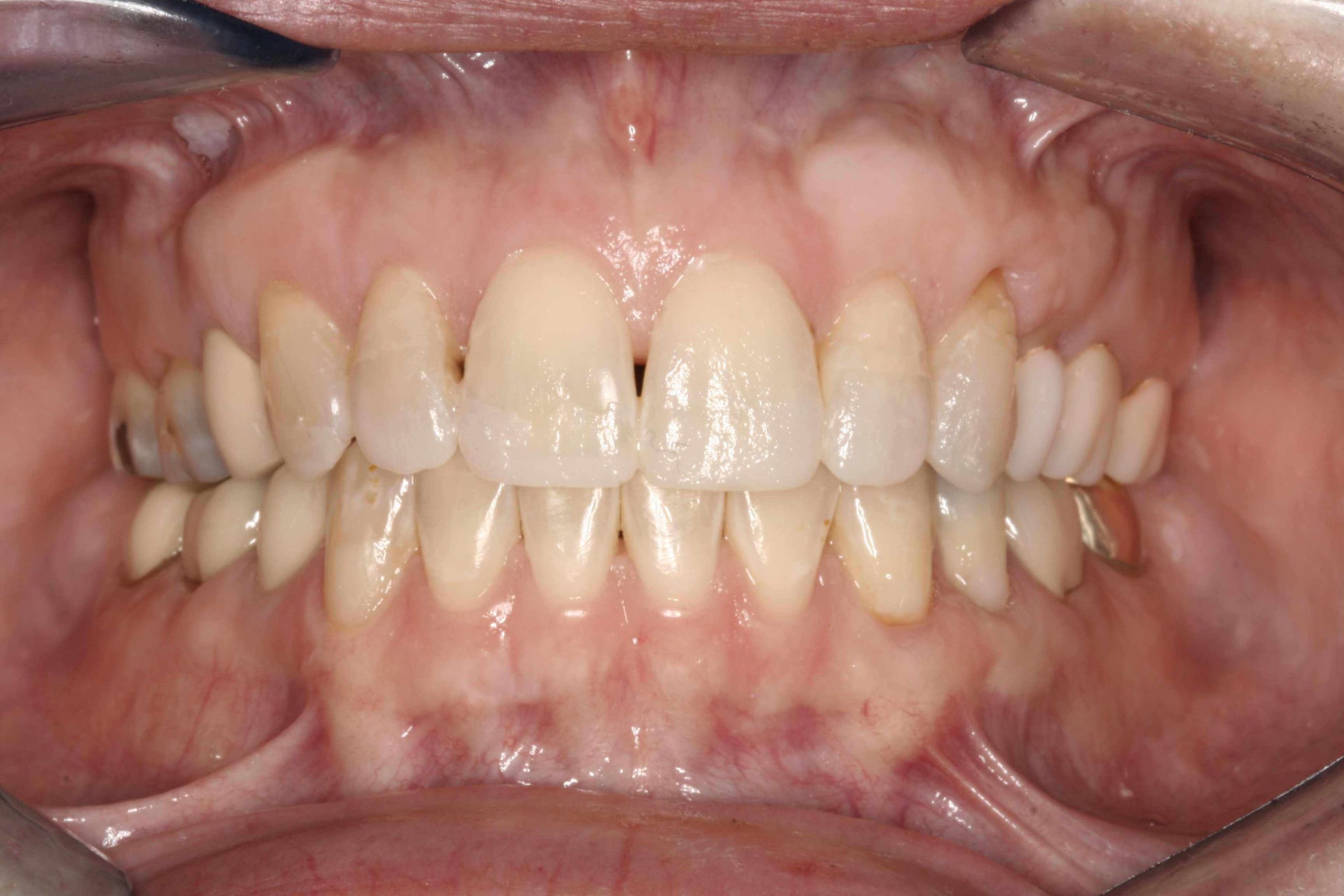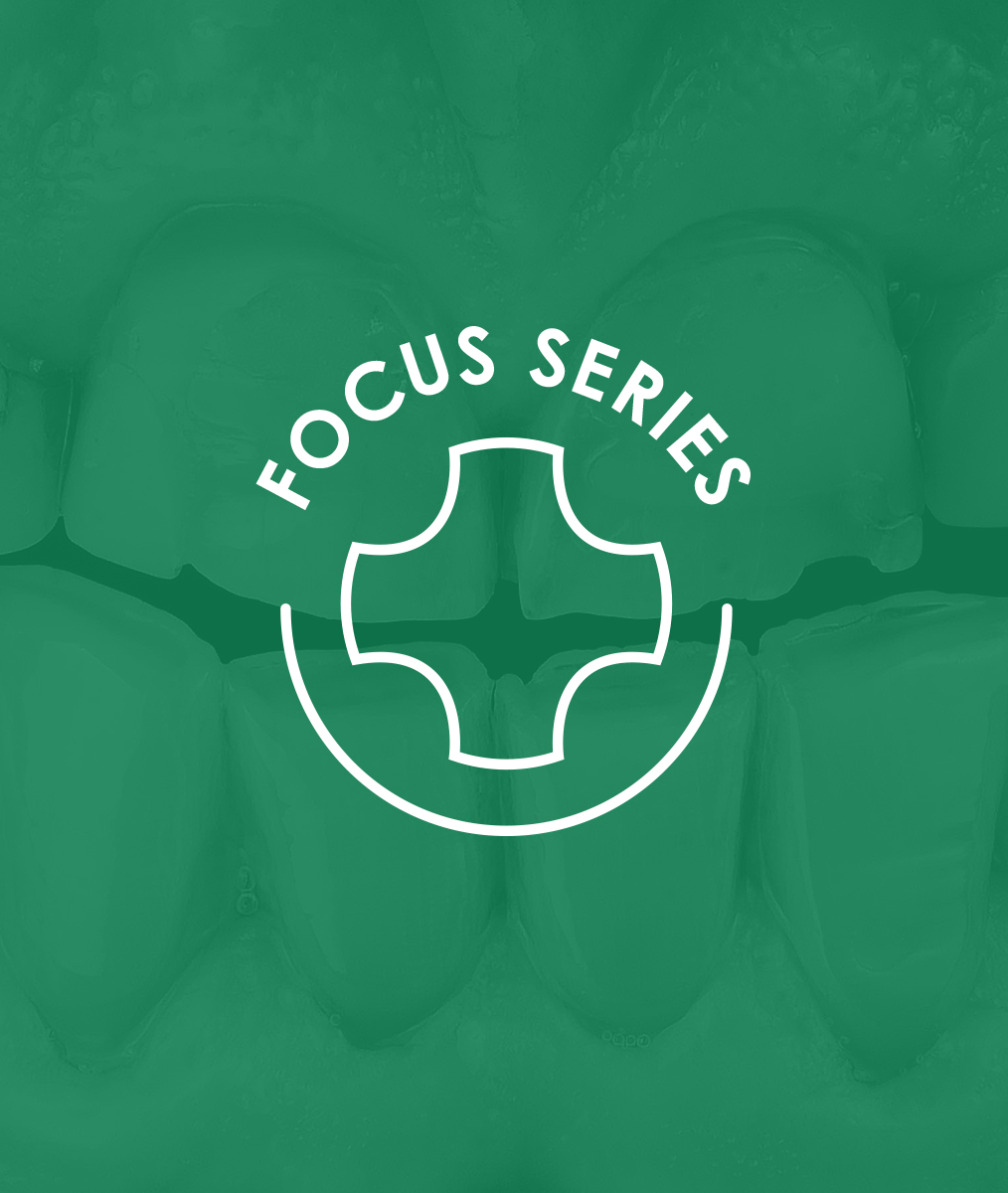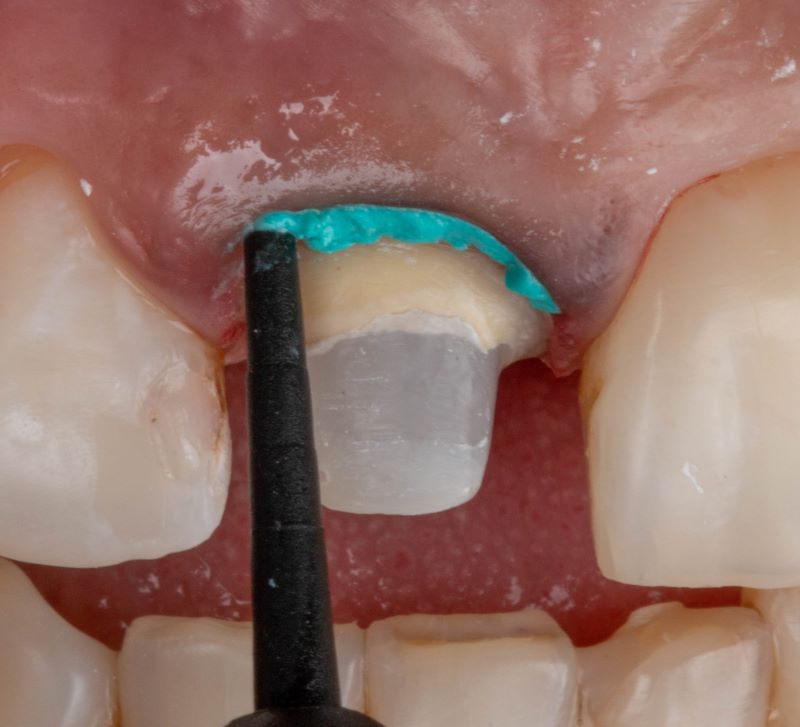
Treatment Planning Papilla Esthetics
Assessing and managing the papilla is particularly important when we are treatment planning esthetic cases. Usually, we pay attention to the papilla when planning anterior implants and are less focused on this when we are treatment planning natural teeth.
The papilla is valued in cosmetic dentistry because it is an essential element of smile esthetics. If we want patients to be truly happy with their results, we must include it in our early considerations.
Papilla Tips and Why They Matter
Many of our patients who are in their sixties and seventies will still show the tips of the papilla. This isn’t the case for other aspects such as the gingival margin. Because of this, it’s critical that we don’t ignore them when treatment planning a smile.
Two main aspects to focus on when diagnosing papilla esthetics are symmetry and papilla height compared to contact length.
Papilla Symmetry
Papilla heights should be symmetric across the midline. Papilla tips will vary for patients, with some creating a straight line when connected and others having a line that tips up toward the canines. Regardless, the left and right sides should mimic one another. For example, if the papilla tip is shorter between the canine and lateral, it should do this on both sides.
Papilla Height
Papilla height compared to contact length is also important. The papilla tip should take up 45-50% of the total length of the tooth from the gingiva to the end of the contact. Then the contact should use up the remaining 50-55% of this distance.
Looking at the existing papilla symmetry and height enables you to decide if the esthetics are acceptable. Your goal will be to maintain them optimally. If they are where you want them to be esthetically already, then you have a reference to determine the positive or negative effect treatments like crown lengthening, ortho, and restorative procedures could have. If papilla esthetics are not where you want them to be, you can use these parameters to evaluate treatment options and improve them.
What is your favorite part of treatment planning a case? We’d love to hear your thoughts in the comments!
Related Course
Worn Dentition: Direct & Indirect Adhesive Management Through a Non-Invasive Approach
DATE: November 1 2024 @ 8:00 am - November 2 2024 @ 2:30 pmLocation: The Pankey Institute
CE HOURS: 15
Dentist Tuition: $ 2495
Single Occupancy with Ensuite Private Bath (per night): $ 290
Enhance Restorative Outcomes The main goal of this course is to provide, indications and protocols to diagnose and treat severe worn dentition through a new no prep approach increasing the…
Learn More>






